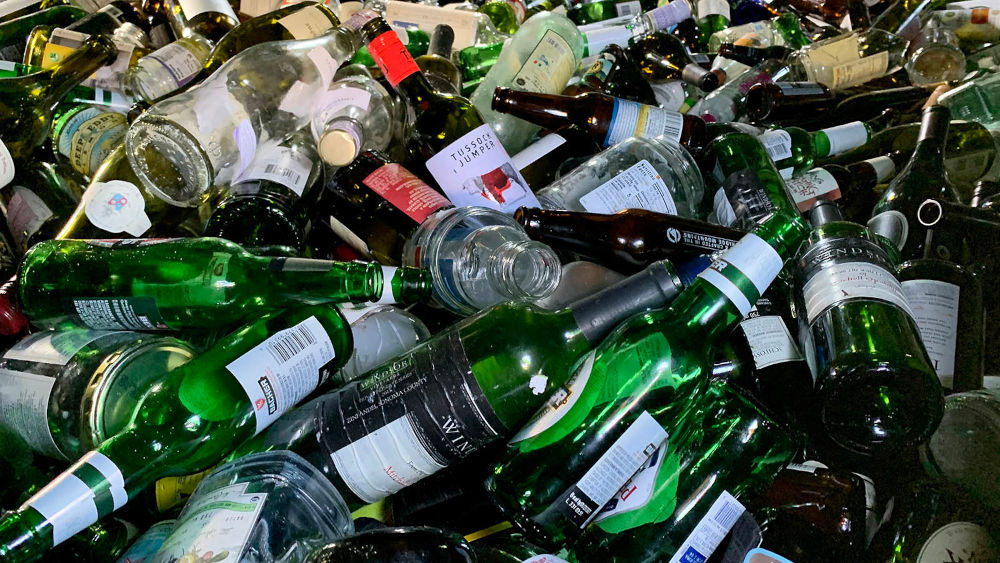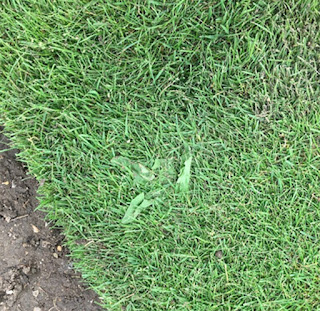Goosefoot: A Nutritious and Abundant Wild Edible Weed
Lamb's quarters, also known as Wild Spinach, Goosefoot, and several other names, thrives in the sun. The beauty of it is that you don't have to plant it. It just shows up everywhere. And it is way more nutritious than store-bought spinach, or even home-grown.
It has twice the vitamins B1 and B2, three times the vitamin C, three times more calcium, five times more magnesium, and more protein and iron than spinach or cabbage.
Oh, and it's a close relative to quinoa. Indigenous communities used to gather the seeds and use them as grains. You can too. Quick identifier, it's also called goose foot because the leaves look like the foot of a goose. It is part of the Amaranth family of plants, just like quinoa. In fact, Amaranth, even the colored variety grown as a decorative bedding plant, can be eaten in the same way. Beware though when growing Amaranth, as it spreads like the proverbial wild fire.
So stop spraying it, stop mowing it, and start harvesting. It is right now probably, if it is summer where you are, growing everywhere in your garden and you regard it as a weed and pull it up, mow it down or spray it to death.
Did you know that Goosefoot was a staple “crop” of the Punjab, allowed to grow with the then long stalk wheat and got people over the hungry gap before the wheat was available, and it was also generally used as a vegetable. The so-called “green revolution” did away with this as the Goosefoot would outpace the short stalk wheat in growth and hence the Goosefoot had to be eliminated, leading to malnutrition. So much for the “green revolution” in farming.
More about Goosefoot below.
Goosefoot, a common "weed" found across much of the world, is more than just an unwanted garden intruder. Belonging to the Chenopodium genus, several species – most notably Chenopodium album (commonly known as lamb’s quarters or white goosefoot) – are valued for their nutritional content and versatility as a wild edible.
Goosefoot has been consumed by indigenous cultures and traditional societies for centuries, and it's gaining renewed interest among foragers, herbalists, and homesteaders.
Identification
Goosefoot plants are typically:
Annual herbs growing 1–6 feet tall.
Recognizable by their triangular to diamond-shaped leaves that resemble the foot of a goose (hence the name).
The leaves are often coated in a whitish, mealy powder, especially on younger growth.
Tiny, green, inconspicuous flowers cluster on the tops of stems and leaf axils.
Seeds are small, black, and encased in papery husks.
Note: It’s important not to confuse goosefoot with similar-looking toxic plants. Always positively identify any wild plant before consuming.
Edibility
Nearly the entire plant is edible at various stages of growth:
Leaves & Stems
Tender young leaves and stems can be eaten raw in salads or cooked like spinach.
Cooking reduces naturally occurring oxalates and saponins, which in high quantities can be mildly toxic.
Leaves are rich in vitamins A, C, and K, as well as calcium, iron, and protein.
Seeds
Resembling a wild cousin to quinoa (which is also in the Chenopodium genus), goosefoot seeds can be:
Collected, dried, and cooked like a grain.
Used in porridge, ground into flour, or added to soups.
Seeds contain protein, fiber, and essential amino acids but should be rinsed or soaked to remove saponins.
Foraging Tips
Season: Goosefoot thrives from late spring through fall, depending on climate.
Habitat: Found in gardens, roadsides, fields, disturbed soils, and abandoned lots.
Harvesting: Clip young tops and leaves regularly for the best texture and flavor. Mature seeds can be harvested in late summer or early fall.
Preparation Ideas
Sauté leaves with garlic and olive oil for a wild-style spinach dish.
Add to soups, stews, stir-fries, or omelets.
Blend into smoothies for a nutritional boost (in moderation, due to oxalates).
Roast or grind seeds as a grain alternative.
Dehydrate and store leaves for use in winter.
Cautions
Goosefoot contains oxalic acid and saponins, especially in mature leaves and seeds. Occasional consumption is safe for most people, but those with kidney issues or prone to kidney stones should limit intake.
Always harvest from clean, pesticide-free areas. Avoid roadsides or contaminated urban soils.
Cultural and Historical Notes
Historically, species of goosefoot have been used as food across Europe, North America, Asia, and Africa. In North America, archaeological evidence shows that Chenopodium species were part of the Eastern Agricultural Complex, a group of plants cultivated by indigenous peoples before maize arrived. In India and Nepal, the plant (known locally as bathua) is still widely eaten and featured in traditional dishes.
Conclusion
Often overlooked and undervalued, goosefoot is a nutrient-rich, versatile wild edible that deserves a place in the modern forager's toolkit. With proper identification and preparation, this humble weed can provide free, sustainable, and healthy food straight from your backyard or nearby field.
While it will establish itself without help, and this is just a suggestion, you could always harvest some of the seeds and put them into a raised bed or some containers for you to ensure you have some and know that it is safe from pesticides and what-have-you, and actually turn it into a garden crop. Why not?
2025 © Michael Smith




























